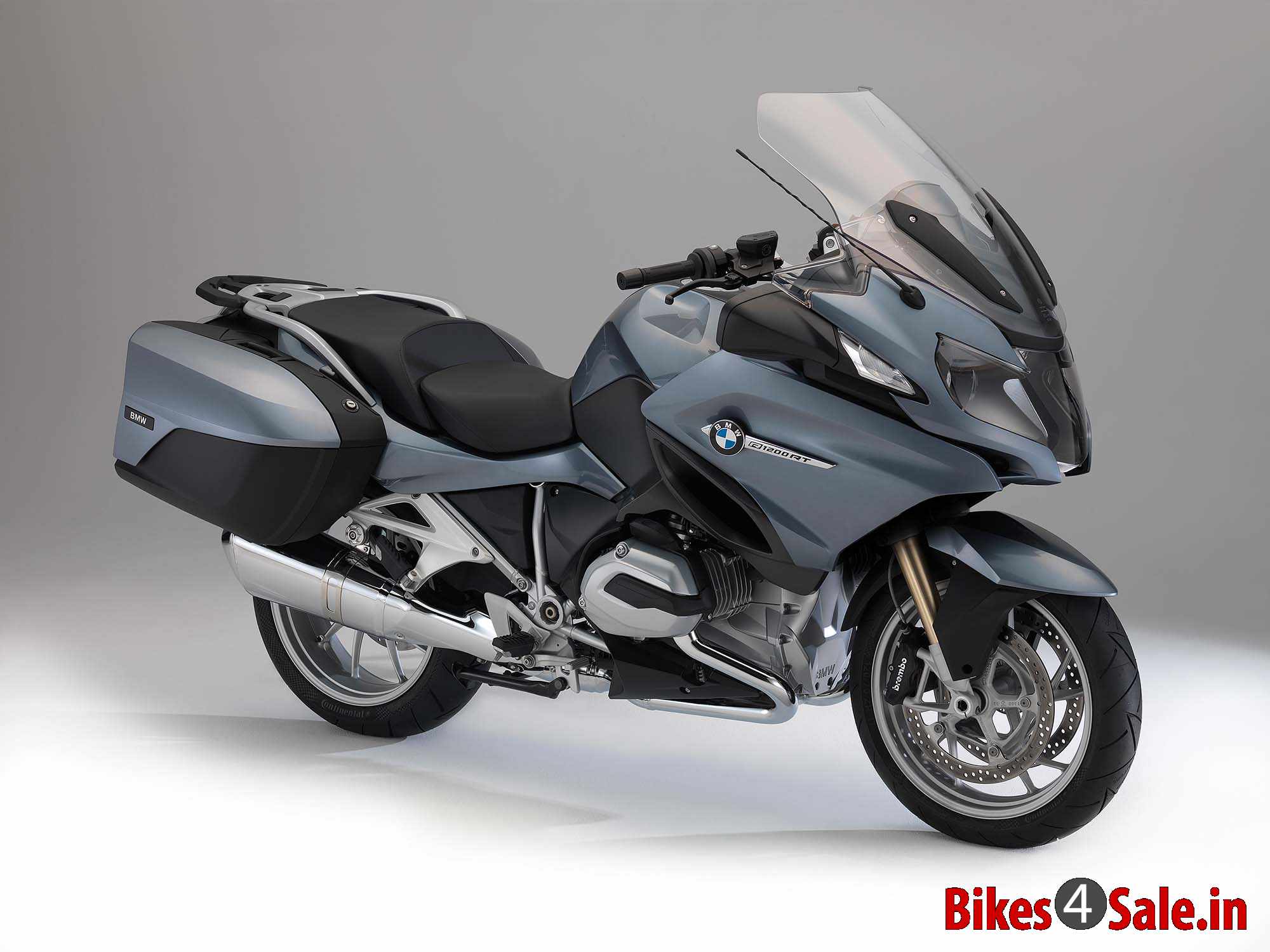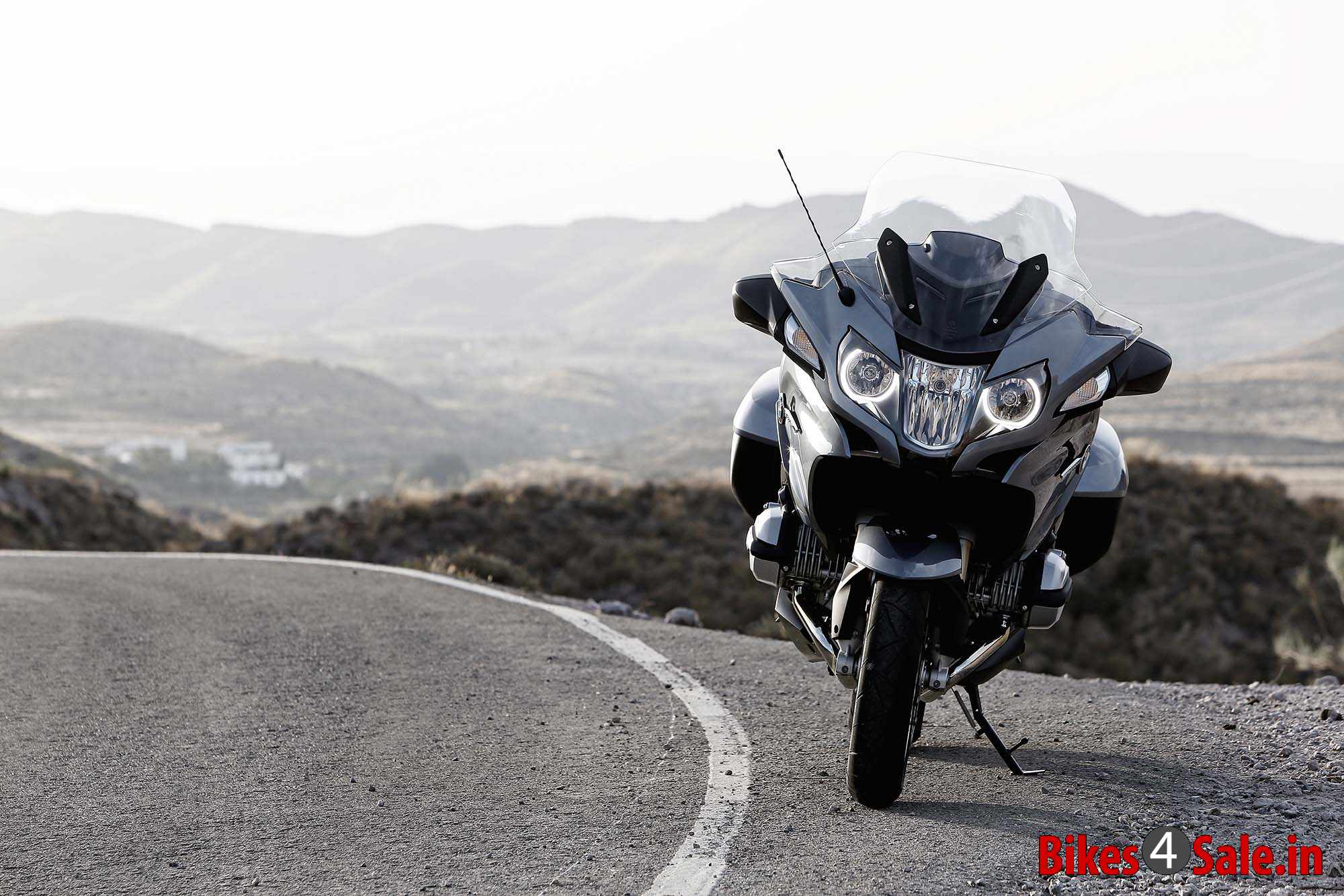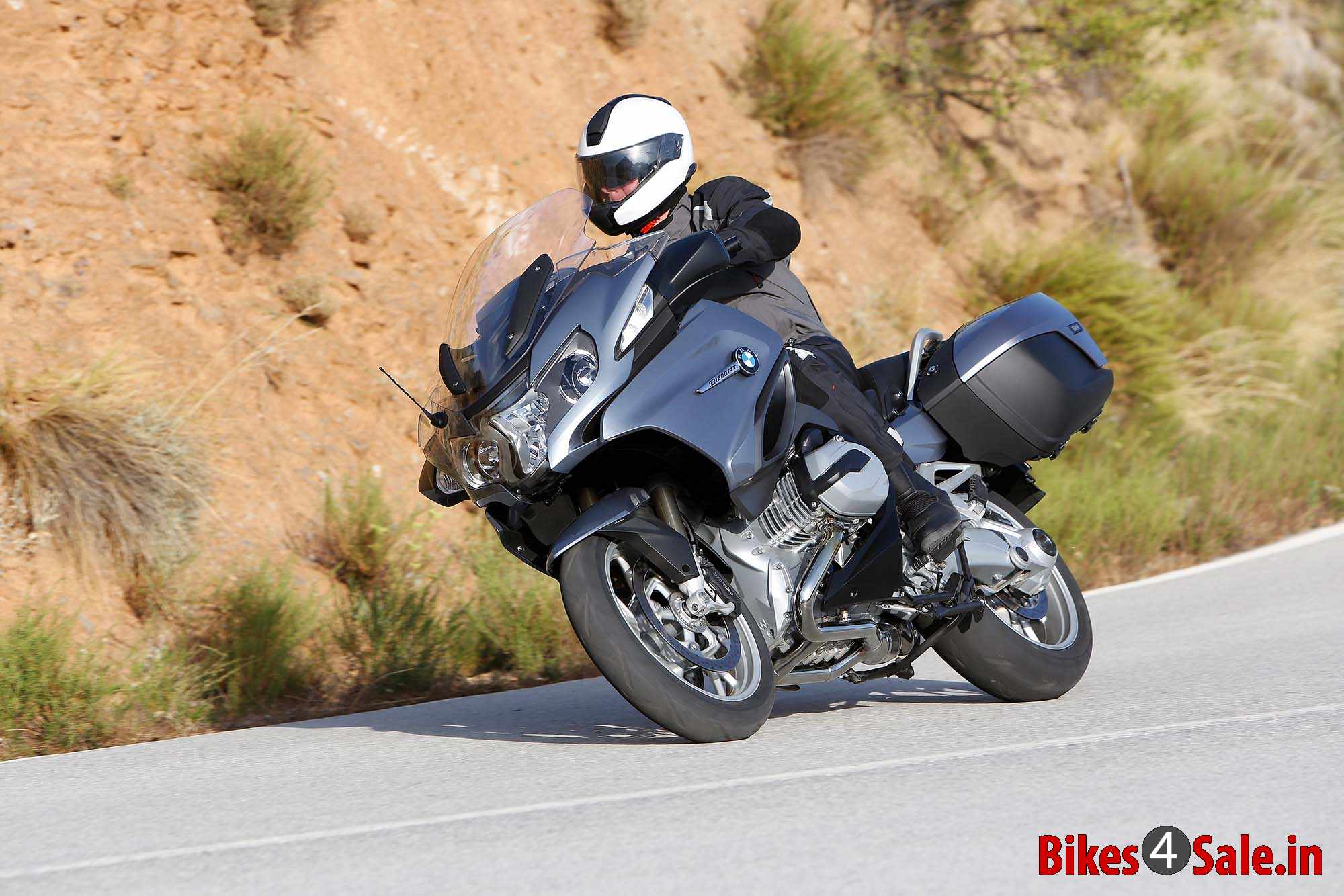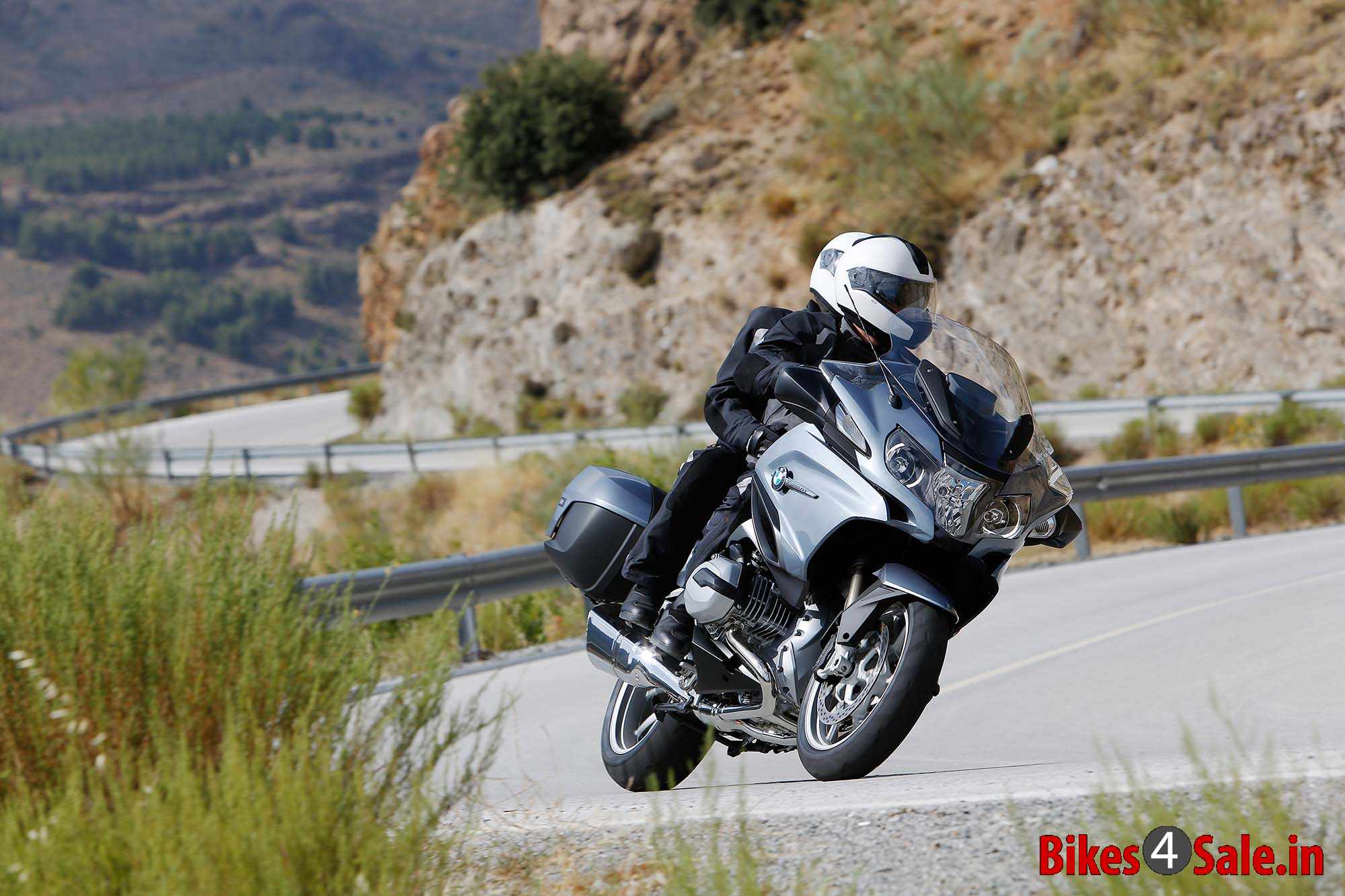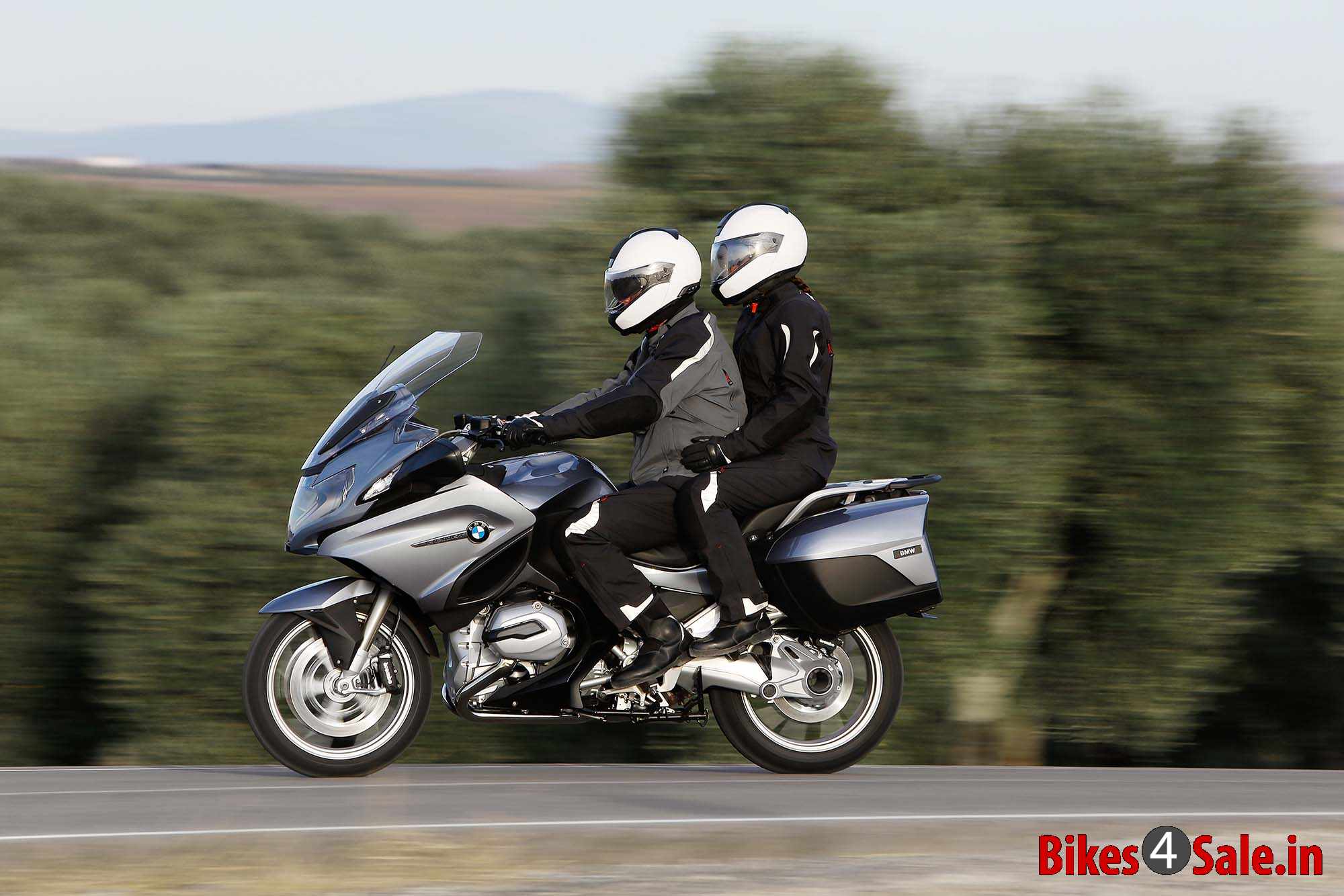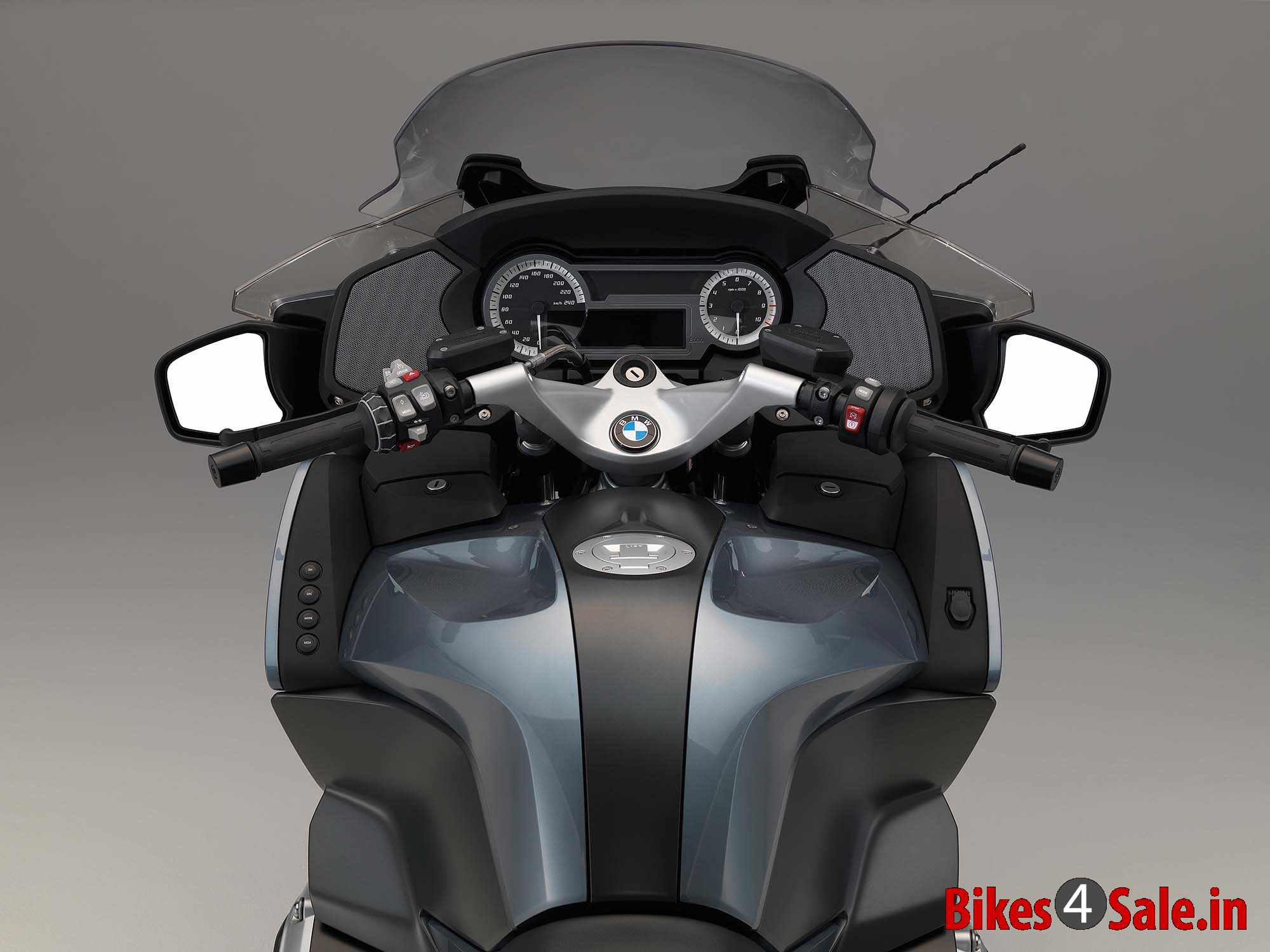Introduction
Five years after BMW decided to create a completely new sports bike, the K1200S has become a reality. It is an engineering revolution for the German brand. This is the first time BMW has produced a high-revving, powerful (by modern standards — 167hp claimed) inline four-cylinder motorcycle.
With its new engine transversely mounted in a twin-spar frame, the K1200S could be considered a rival to the Honda CBR1100XX, the Kawasaki ZX-12R, and even Suzuki’s Hayabusa, leaving the unique niche occupied by its opposed twin-engined bikes, and even the rather conservative market of the older K-series designs.
This means that BMW can be judged in relation to other bikes in this segment; by adopting a configuration utilized by the majority, BMW does not separate itself as it did twenty years ago when it introduced the original K series bikes.
With the K1200S, BMW has presented a very interesting motorcycle in other respects. It presents concepts like electronically adjustable suspension controlled from the handlebar, a front suspension that is technically a step ahead of the Telelever, and an extremely low center of gravity.
Before I go into detail, I can first assure you that the new K1200S is a comfortable and stable sport-touring bike capable of sustained, high-speed cruising.
I am certain that BMW will try to position the K1200S into a new category all its own that will carry the BMW brand’s trademark technology, one that doesn’t try to compete head-to-head in performance with motorcycles like the CBR 1100 XX or the ZX-12R, but one that wants to offer something more and . . . it does.
A BMW for the New Millenium
There were long deliberations at BMW headquarters before they decided on a transversely mounted, four-cylinder, in-line engine with integrated transmission, with a 55° forward tilt of the cylinder bank.
According to the German brand, in the end, the selection of this kind of motor was obvious, since it adapted well to their needs; that is, finding a very low center of gravity due to the angle of the cylinders, and to be able to mount the intake tract in the straightest way possible. The dry sump (which has the oil tank in the rear of the chassis) allows increased space above the engine, and lowers the position of the motor 60 mm, which contributes to the bike’s low center of gravity.
The K1200S is advertised as having 167 bhp at the crank. This seems a bit optimistic based on our first ride (without dyno testing), but it feels like it delivers in the neighborhood of 155 bhp, similar to Honda’s CBR 1100 XX.
Chassis
The most remarkable feature of the bike is the ability to modify the suspension settings from controls located on the handlebar. This is the first known electronic control system fitted to the suspension of a production motorcycle.
The electronically controlled suspension has three modes: comfort, normal and sport. It also has three different spring preload ranges for: rider, rider with passenger as well as rider with luggage and passenger. The electronic control unit chooses the shock absorbing setting that is the most appropriate to the rider’s setting, using pre-programmed parameters. In this way, it has nine possibilities to select.
Through the buttons on the handlebar (near the left grip), the suspension setting can be chosen–comfort, normal or sport– with the bike running. The preload of the spring can only be varied with the bike off, through some tiny and simple motors integrated into the shock absorber.
The front suspension is based on a system designed by Norman Hossack and developed by BMW (see the photo). The front suspension resembles a rectangle joined by two longitudinal arms, attached by pivots to the frame, that guide a support on the wheel and allow movement up and down. The wheel support is a piece of alloy cast in aluminum that is attached to the longitudinal arms through two ball joints, allowing the wheel support to turn for steering. A central bar mounted between the two outer longitudinal links actuates the shock which damps the front end.
First Ride
For our initial test of the K1200S, BMW selected a route through the outskirts of Munich that led into the Alps. The journey began gray and rainy, but the weather gradually improved, and by mid-morning the day was warm and sunny.
We spent the first part of the trip in traffic and passing through towns, moving at no more than 50 mph, which was enough to provide some initial impressions.
First of all, the seating position is unusual for this type of motorcycle, since the handlebar, pegs and seat triangle is very spacious. The pegs are very low, as is the seat, but the handlebar is a little bit high even though it is flat. A semi-sport position that seems very comfortable for long distance traveling, and provides good wind protection.
With respect to the engine performance, up to 5,000 rpm it was not impressive. In that rev range, it is kind of noisy, it vibrates and it doesn’t respond as well as expected. When getting on and off the gas in third gear, for instance, engine response was not smooth. BMW is aware of this problem, and intends to address it before customer bikes reach dealerships.
As far as the transmission is concerned, there is nothing negative to note, and as far as the suspension function, I will explain later on . . .
When we finally escaped the traffic and reached the open road, the German motorcycle’s performance was completely transformed.
We traveled a stretch by freeway and we delighted in its high-speed stability, the wind protection and the engine power. I don’t believe that this K1200S can run flat out with a Kawasaki ZX-12R or a Honda CBR 1100 XX, but I can assure you that the new four-cylinder is nevertheless very powerful, and is very flexible above 5,000 rpm. It easily maintains a rapid pace without straining the bike or the rider.
In top gear, the bike lopes along comfortably at 90mph, with plenty of speed left in reserve. The bike easily reached an indicated 175mph on the German Autobahn.
While it is possible that the ultimate engine performance capabilities of other motorcycles within its category–if it is true that this BMW K1200S belongs to the Suzuki Hayabusa/Blackbird/ZX12 category– are superior (personally I believe they are), the comfort of the German bike and its stability at high speed are almost certainly superior.
Revolution?
The fact that the K1200S presents an unusual and trick front suspension design, as well as electronic suspension adjustment, caused great excitement and high expectations among the group of journalists that were present for the press launch.
Although I prefer to wait for our own testing unit before making a final decision, my initial impression is that the front suspension does not seem to like rough, tight roads. Not only because it seemed to me very harsh, but also because its geometry and long wheelbase do not favor handling in slow, tight curves.
On open roads or the highway, the K1200S is a stable bike, and the front suspension conveys a lot of confidence to us.
In regards to the electronic suspension controls, I can only say at this point that the position “sport” seemed too radical to me, very stiff and not very capable of absorbing road bumps. As far as the comfort setting, as its name indicates, it is apt for a relaxing ride on fast, flowing roads.
The braking is powerful, especially at high speeds, despite the harshness of the suspension response. Personally (before getting used to the lack of front suspension dive under braking), I felt uncomfortable braking hard for tight corners, especially when the asphalt was wet. When braking in areas of little traction, apparently due to the ABS, as you let off the brakes when you feel the bike is completely stopped, it will immediately advance a couple of yards more, startling the rider.
Despite this, it is true that for some users, especially those coming from the 4-wheel world and with little experience on a bike; the ABS system and lack of suspension dive under braking may convey security during emergency stops.
Conclusions
I really feel that we must wait for a more thorough testing opportunity before making our final decision about the new K1200S.
For the time being, I have learned enough to tell you that the K1200S is not a supersport bike, but it is a brilliant sport-touring bike, with a very flexible engine that responds well above 5,000 rpm.
 Honda is rolling out an all new motorcycle for 2014, the CTX Series. Aimed at beginner and novice riders, the 700cc CTX bikes are affordable, easy to ride machines loaded with features such as an optional Automatic Dual Clutch Transmission, optional fairing, anti-lock brakes, and a lowered riding position for easier handling. And of course, all of the typical certified Honda accessories will be available for the CTX series motorcycles. Available this year.
Honda is rolling out an all new motorcycle for 2014, the CTX Series. Aimed at beginner and novice riders, the 700cc CTX bikes are affordable, easy to ride machines loaded with features such as an optional Automatic Dual Clutch Transmission, optional fairing, anti-lock brakes, and a lowered riding position for easier handling. And of course, all of the typical certified Honda accessories will be available for the CTX series motorcycles. Available this year.







